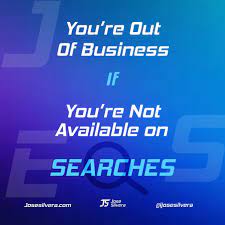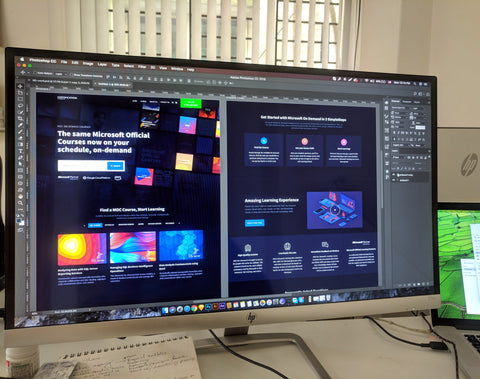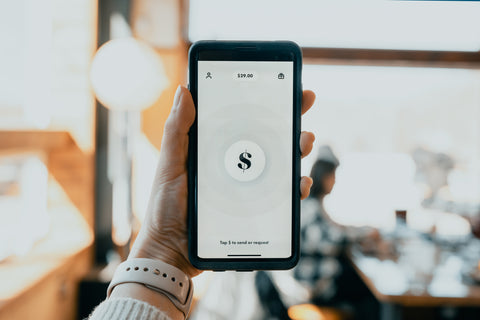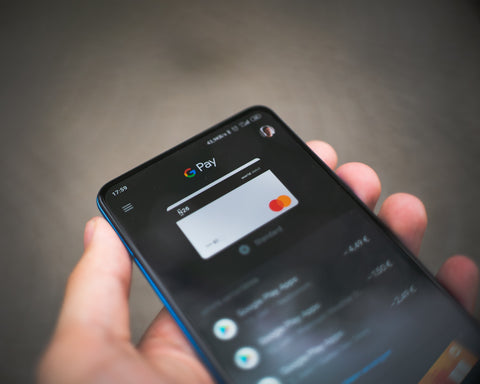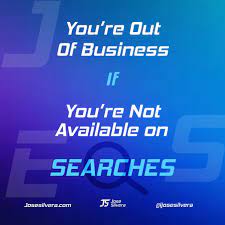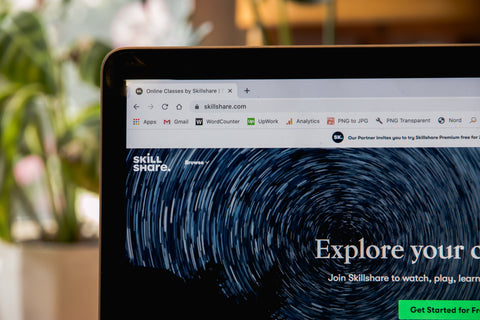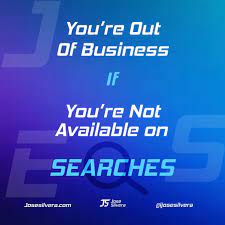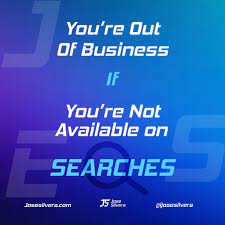by Charleen Montano May 16, 2022

Your business is running slow. I mean, really dang slow. Is this an isolated incident, or has your team been slowing you down for a while now?
You see, your customers don’t care about the struggles of your business, only the results that you deliver and their satisfaction in the process– truth be told, right straight to the heart.
Honestly, we all know that. All businessmen know that. It’s given.
The world has changed dramatically in the last decade and will continue to change at an even faster pace. Businesses that don’t keep up with this change risk becoming obsolete. This is due to the fact that consumers are no longer satisfied with simply having a product or service available– they want it now!
In business, speed is your competitive advantage.
Speed. Something we all need in business, right? Wrong. Sorry, I couldn’t resist. But seriously, though– speed is essential to the success of your business and actually one of the reasons it won’t fail.
If you’re able to do something faster than your competition, then you have an advantage over them.
This applies to both internal processes, such as payroll or sales reports, and external processes, such as responding to customer emails or shipping orders.
Speed matters in all aspects of the business– including customer service.
Faster companies are more profitable and more agile than slower ones. The faster you can move, the better your chances of success.
So how do you make your business faster? In this article, we’ll define speed and look at its role in running a business.
- What is Speed in Business?
- Why You Need Speed in Business?
- FASTER RESULTS
- MORE RESULTS
- MORE EXPOSURE
- MORE RESPECT
- MORE MONEY IN VS MONEY OUT
- MORE & BETTER RECYCLED MONEY
- MORE KNOWLEDGE & EXPERIENCE
- LESS DOWNTIME & LESS DISTRACTIONS
- MORE EXPANSION
- 5 Quick Tips on How to Increase Speed in Business
- How Can A Website Helps You Speed Up Your Business?
Or, if a video is more enjoyable to you, you can also watch the live video– Jose Silvera, the CEO of Strive Enterprise, makes videos that could help you grow your business– live weekdays at 9 AM and 3 PM PST on YouTube and Instagram!
What is Speed in Business?
Speed is often confused with execution speed, but it is actually much more than that.
Speed is the ability to move quickly and efficiently with minimal friction.

Speed can be defined as the time it takes to complete a task or activity divided by the resources used to complete it. The result is expressed in terms of time saved or gained compared to other methods or processes.
In business, speed is how a business can execute its strategy. It can be measured by how quickly a company can produce or deliver its goods or services to customers.
Speed is one of the most critical factors in business. It’s not just about your ability to move fast but also about how quickly you can react to changes in the market, customer needs, and new technologies.
The speed of a company’s response can be measured by its time-to-market (TTM), which refers to how long it takes an organization to bring a product or service to market after conceiving it. A company with a TTM of just six months will beat its competition on speed alone.
Businesses that operate at high speeds have several advantages over competitors:
They can adapt more quickly to change. A fast-moving company can respond more quickly when customers’ needs change or when competitors introduce new products or services into the market. This allows them to stay competitive longer than slower companies might be able to do so.
Why You Need Speed in Business?

Speed is the new currency in business. If you can’t keep up with the competition, you’re going to lose out– that’s a fact.
But what if there was a way to increase your sales, save time (and money), and grow your business? Well, you’re in luck.
So, here’s to tell you about 9 reasons speed is essential for business success.
 FASTER RESULTS
FASTER RESULTS
If you want to get from point A to point B quickly, you should use a fast car. If you’re going to get more done in less time, you should use speed in your business processes.
Speed isn’t just about being faster than competitors, though. It’s also about being better at what you do. If you can complete a task in less time than it takes others to do it, they’re going to come back to you again and again because they know they won’t have any problems getting things done with you.
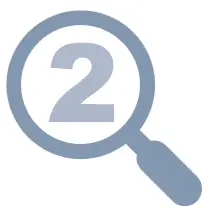 MORE RESULTS
MORE RESULTS
One of the reasons you need speed in your business is to gain more results. It’s not just about getting things done; it’s about doing something right.
The faster you can get something done, the more time you have to work on other essential tasks.
You may think that working at a slower pace will help you avoid mistakes, but that’s not necessarily true. In fact, it can be quite the opposite– working slowly can lead to more errors and mistakes because you’re spending so much time on one thing.
Working quickly means having more time to do other things than just one thing. And this is important because it gives you more time for rest and reflection, which will keep your mind fresh and give you new ideas for what else needs to be done in your business.
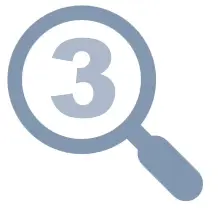 MORE EXPOSURE
MORE EXPOSURE
The more exposure you get, the better. It’s simple logic– the bigger your audience is, the more potential customers you will have. In addition to that, more people coming through the door equals more profit!
If you want to sell more products, you need to make them available to more people faster so they can see what they are and decide whether or not they want them.
With that said, It’s important to realize that speed isn’t always about being fast or quick but about moving quickly enough so that people can actually experience what you have to offer.
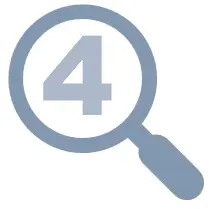 MORE RESPECT
MORE RESPECT
The faster you are, the more credibility you get for your business from your clients and your team.
If you can do it more quickly than other people, they will think of you as an expert. But if you are slow and inconsistent, they will feel that you don’t know what you’re doing and perhaps not even care about their success or failure.
Speed means being able to deliver results quickly. It’s so important because it gives us confidence that we won’t disappoint our clients or customers. When we fail to deliver quickly enough to meet their expectations, we lose their trust and respect.
And when we lose their trust and respect, it’s tough to gain it back later on down the road when another opportunity comes for them to work with us again!
This is what we call “respect-by-default.” If you get things done on time and deliver on time, people will assume that you are competent and trustworthy.
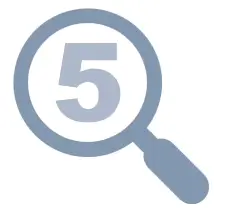 MORE MONEY IN VS MONEY OUT
MORE MONEY IN VS MONEY OUT
Everyone wants to make money, and the best way to do that is to spend less than you earn. To reach that goal, though, you have to be able to generate enough cash flow that you can actually take money out of business.
There are many ways to increase revenue in your business, but one of the most important things is speed. The faster you can process orders, send invoices, or collect payment on invoices, the sooner you’ll be able to get paid.
This is why one of the reasons that you need speed in your business is that you can produce more money in than money out. You can’t do that if you’re spending too much time on things like invoicing and expense reports.
Many companies get bogged down with inefficient systems for tracking sales, tracking expenses, and sending invoices. Instead, they should invest in a system that allows them to do all three things simply and quickly to get back to focusing on what they do best– running their company!
 MORE & BETTER RECYCLED MONEY
MORE & BETTER RECYCLED MONEY
The faster you grow, the more money you can make, and the more money you make, the easier it will be to make more of it.
Speed allows you to produce more money and reinvest it back into your business. You’ve got more money coming in than going out, so you can reinvest more money into your business and start growing even faster than before.
Money loves speed.
You can’t get rich by putting in the same amount of work and making the same amount of money over and over again. If you want to make more money, you need to work smarter and more prominent. This is one of the reasons why it’s so important to learn how to build a business that runs on autopilot.
The faster your business grows, the easier it will be for you to grow faster.
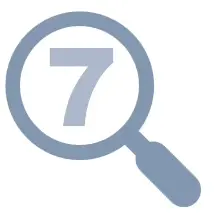 MORE KNOWLEDGE & EXPERIENCE
MORE KNOWLEDGE & EXPERIENCE
The secret to achieving the right speed in running your business is gaining more knowledge and experience better than your competitors.

Speed is a powerful tool for learning and growth as well.
When you move faster, you learn faster. And when you learn faster, you can implement better strategies and tactics.
The more quickly you can do something, the more likely you’ll get right on the first try.
But when it comes to business, speed isn’t just about doing faster. It’s also about learning from mistakes and successes as quickly as possible so that you can keep improving and your business.
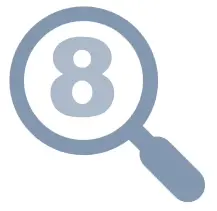 LESS DOWNTIME & LESS DISTRACTIONS
LESS DOWNTIME & LESS DISTRACTIONS
When you run a business, it’s easy to get distracted by all the things going on around you and forget about the important things.
Having speed in your business allows you to focus on what needs to be done and get it done. When you’re in a rush, there are no distractions, which means you don’t need to waste time dealing with them.
Speed also allows for more productivity. When you’re moving quickly, there is no time for procrastination or hesitation; this means that your staff doesn’t waste time trying to figure out what to do next or if they should do something at all.
Being fast also means not having to worry about overhead costs such as rent, utilities, staffing, and maintenance costs. If your company is set up properly and can be scaled at any time without additional labor costs, your overhead will always be minimal!
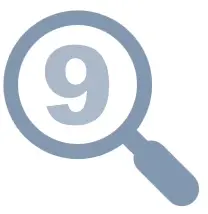 MORE EXPANSION
MORE EXPANSION
Last but not least, one of the reasons you need speed in your business is that you will have more expansion.
If you are not growing, you are dying.
If you want to make more money, you need to expand.
If you want to expand, speed is essential.
If you take one step forward every day and one step back every week, then in a year, you will be where you were when you started. It does not matter how hard you work or how much effort you put into it; if your progress is slow, then your business will never get anywhere.
Speed means momentum, and momentum means success. You cannot have success without momentum, and if your business lack speed, it will never gain momentum.
The faster a company expands, the more likely they are to succeed because they are expanding at an exponential rate rather than a linear rate which allows them to grow exponentially faster than its competitors who may have started out with similar resources but have failed to take advantage of this opportunity because they lacked the speed required for exponential growth.
5 Quick Tips on How to Increase Speed in Business

![]() Be Organized and Prepared.
Be Organized and Prepared.
![]() Set goals and deadlines for yourself and others involved in the project or task at hand.
Set goals and deadlines for yourself and others involved in the project or task at hand.
![]() Don’t stretch yourself too thin; remember that multitasking doesn’t equal productivity!
Don’t stretch yourself too thin; remember that multitasking doesn’t equal productivity!
![]() Don’t miss a deadline– set up reminders in your calendars, so there’s no chance of missing them (or be prepared for a late fee).
Don’t miss a deadline– set up reminders in your calendars, so there’s no chance of missing them (or be prepared for a late fee).
![]() Keep an eye out for slowdowns that could affect your productivity (such as bad weather or traffic jams).
Keep an eye out for slowdowns that could affect your productivity (such as bad weather or traffic jams).
In the world of business, you don’t want to be slow–you don’t have time to be slow! So, it’s important to maximize your speed.
By using some of these quick steps and reminding yourself of the importance of speed in business we have provided above, you can operate at a faster rate without sacrificing quality. In the end, you’re likely to accomplish more in a shorter amount of time.
At a high level, the end result is that we are all our own consumers, and we all promote or consume businesses that align with our goals and mindset. Those who build businesses based on innovation, quality, and a strong customer support system will likely enjoy increased growth.
A business’s ability to create value for its customers is key, and those who take the time to address customer challenges quickly will reap the rewards from doing so.
While we can’t provide any magic bullets, we hope that this article will help you see your way through the maze that big corporations have created for us all. And even if you’re not in a big corporation, these approaches can still help shave off time for your own business.
After all, when it comes down to it: time really is money!
How Can A Website Helps You Speed Up Your Business?
A website is a great way to speed up your business because you can use it to make the process of finding, booking, and paying for your services as fast and easy as possible.
You can also use it to increase the visibility of your business by allowing potential customers to find you online.
You can’t do business without a website.
And you can’t do business without speed.
But what if you had to choose between the two?
Good news: You don’t have to!
A fast, reliable website will help you get your customers in and out of your door as quickly as possible, so they can move on to the next thing on their list of things to do today. When you have a faster site that’s easier to navigate, you’ll see more traffic—and more traffic means more customers and more sales from people who are actually looking for what you have in store.
Get it started!
Contact us.
Strive Enterprise Official Website
We are the Best Web developers & Online Marketers in Las Vegas, Nevada!
Check out our Portfolio
We Also Offer Digital Marketing For Small & Big Businesses, SEO, E-Commerce, WordPress, PPC Campaign Development & Management for Google, Bing & Yahoo!, Facebook Ads, and more!
See you!





































